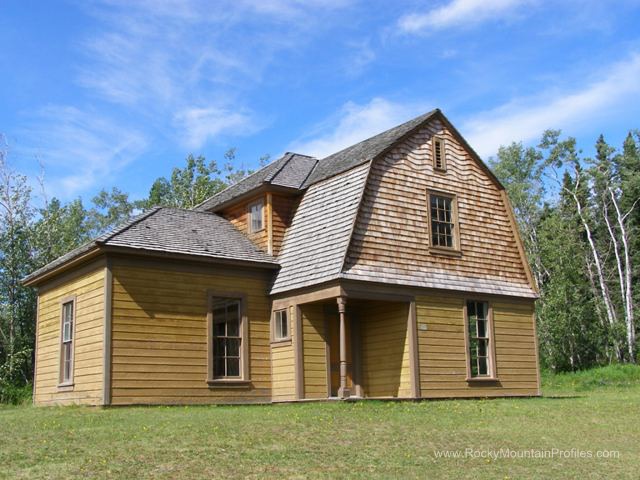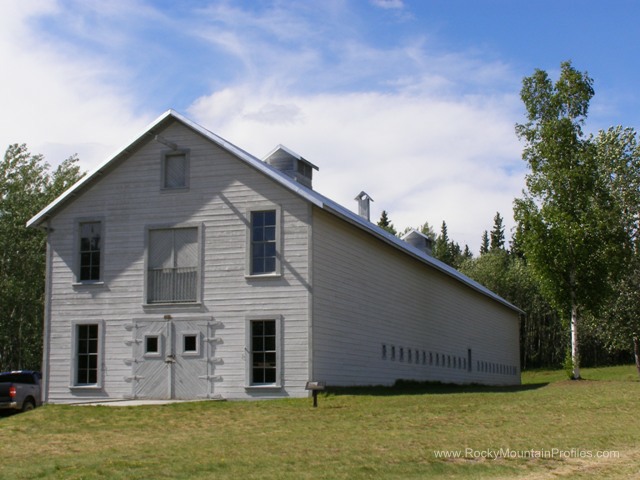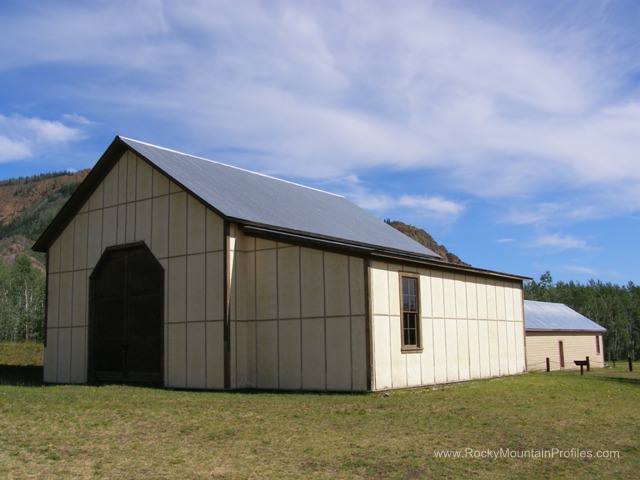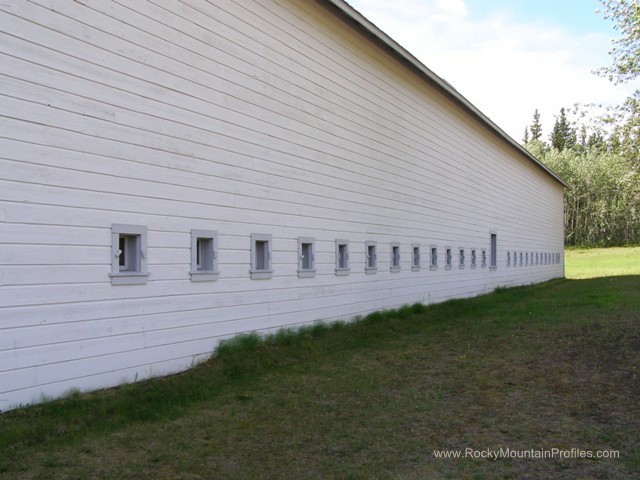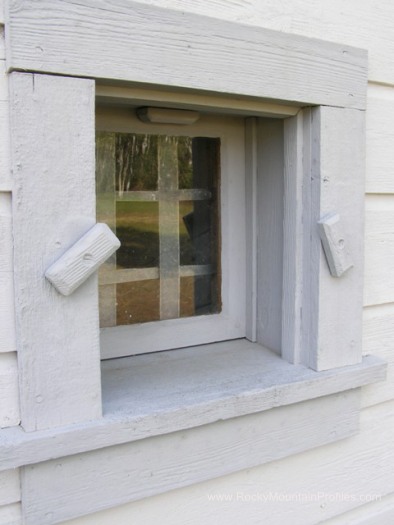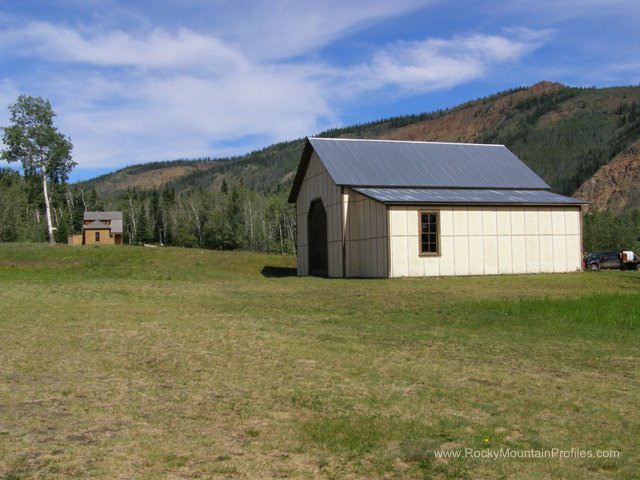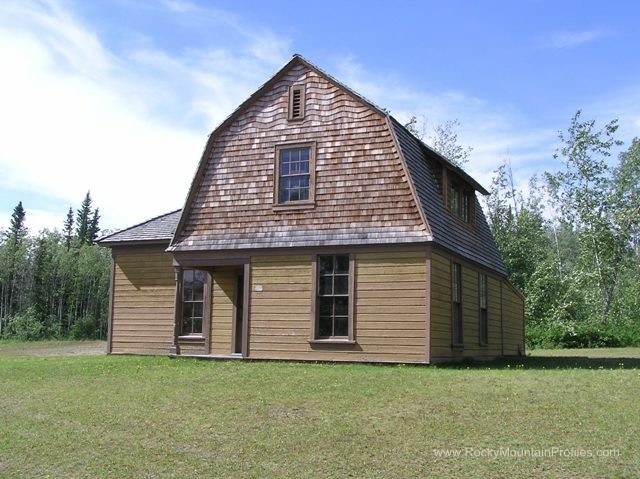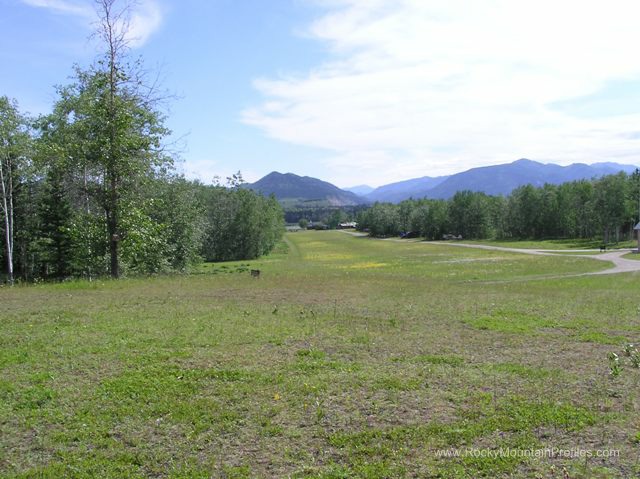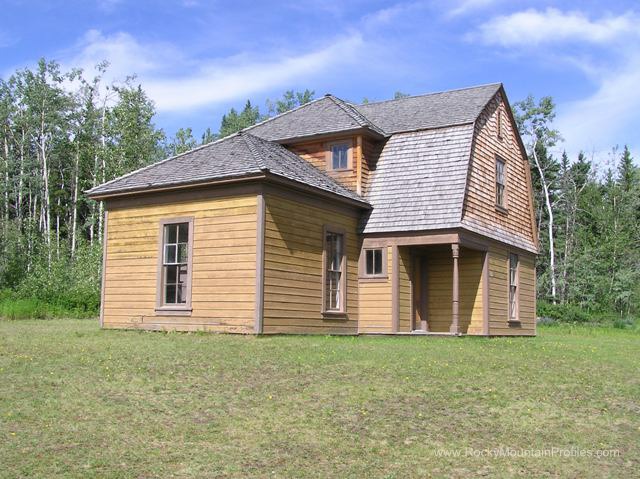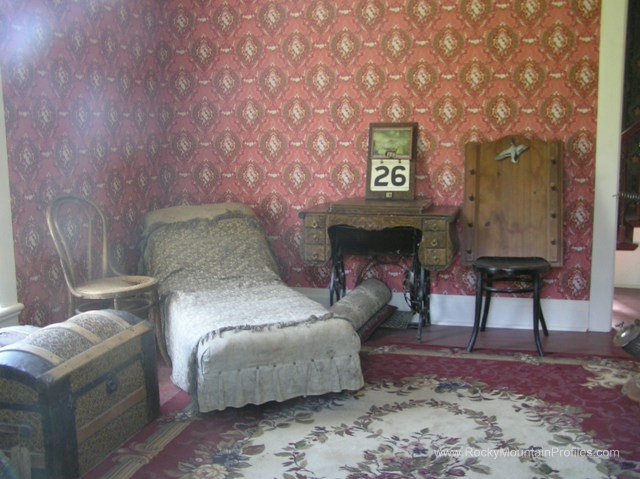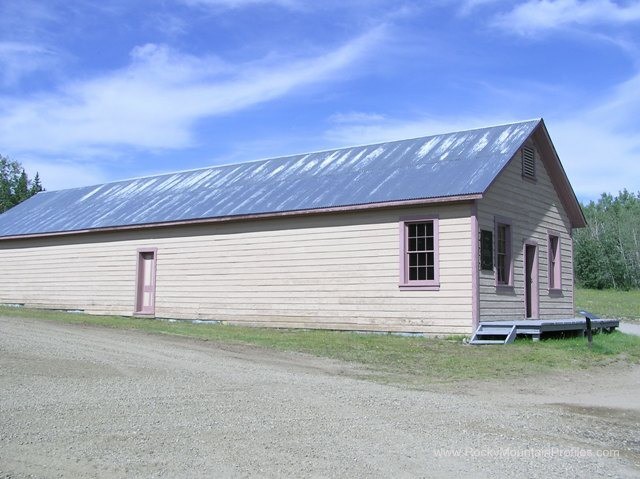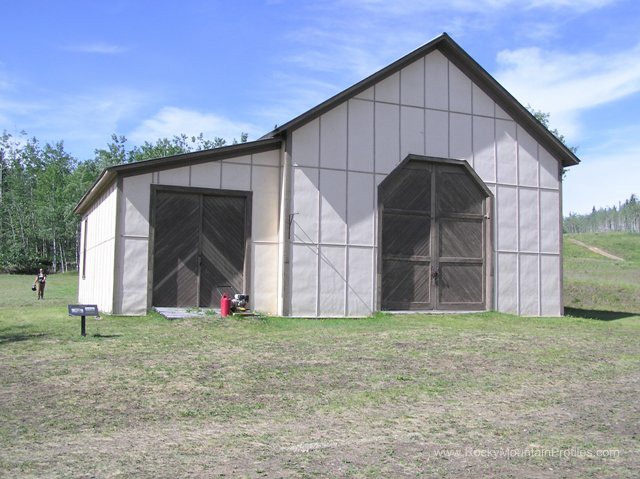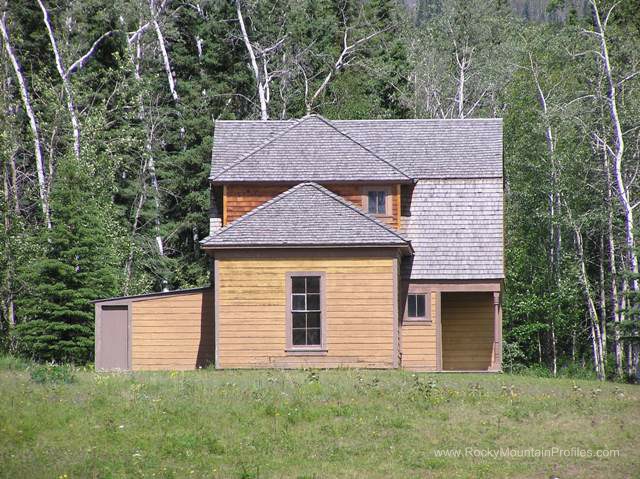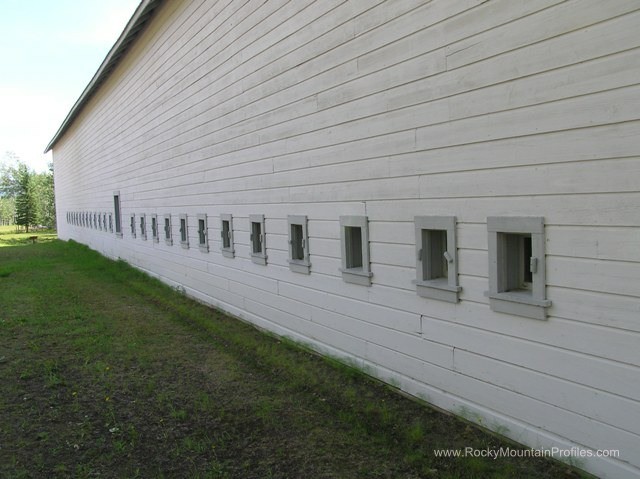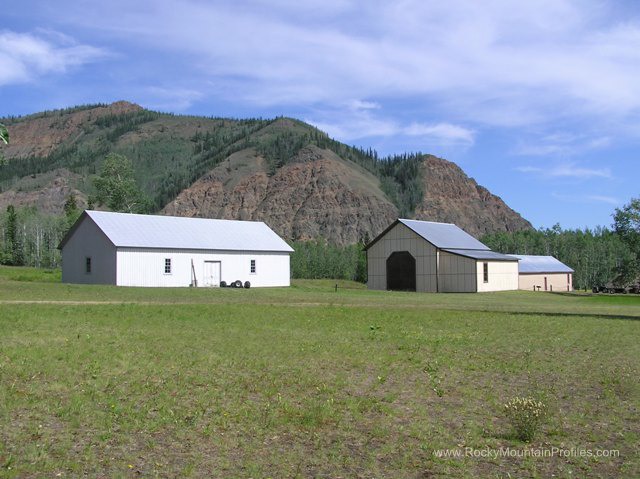Photos courtesy of Mike and Joan Sinnwell June 2010
Fort Egbert Alaska Ghost Town
There are stories told in Eagle about the pioneers at Fort Egbert and Eagle catching elk using their skis and a lariat. The goal was to find a herd of elk in a valley and ski down into them with a lariat and lasso one before they all scattered. Then, you tried to stay on your skis holding onto the rope until the elk tired out. When the elk ran out of steam you could lead them with the rope. Sounds like a good story, maybe one of those “Tall tales” for the tenderfoots. I would willingly watch someone attempt this task but not try myself.
In August of 1897, rumors of lawlessness among the miners of Alaska had reached the United States government. This encouraged the Army in June of 1899 to established Fort Egbert to provide law and order. It also was chosen because it was so close to the border, which would aid officials in controlling smuggling. Timber was plentiful, and the site was advantageously high above flood level. Fort Egbert was destined to became the headquarters for the District of North Alaska.
Construction began in 1899 when in July about one hundred enlisted men and a detachment of the Hospital Corps arrived in Eagle. They began erecting barracks, officer quarters, and other facilities. Both soldiers and civilians faced adjustments to frontier living, with its limited and expensive supplies, cold, isolation, and loneliness. Many of the first buildings, hastily constructed before winter, later needed major improvements.
The following year Fort Egbert received the mission to construct the first telegraph line in Alaska. The Washington-Alaska Military Cable and Telegraph System (WAMCATS) was the first electronic communication system to connect the military posts and settlements in Alaska to the rest of the country. The line was to extend from Nome in the west to Fairbanks in the Interior and on to Fort Egbert in the east, with another line extending from Fort Egbert to Fort Liscum, near Valdez. The final segment was the underwater cables from Valdez to southeast Alaska and on to Seattle. This would complete the connection to the rest of the country.
Soldiers finished the first segment of the system, from Fort Egbert into Canada, in October 1900. The other segments followed, with the 420-mile Eagle-Valdez line proving one of the most challenging. At the time of its completion in 1904, the system included 1,396 miles of land lines and 2,128 miles of undersea cable.
From the very beginning the Alaskan environment caused problems with the telegraph lines. Forest fires burned hundreds of miles of poles, snow and ice storms broke lines, and on at least one occasion, a caribou got its antlers tangled in the wire.
Poor reliability and high repair costs led the Signal Corps to experiment with “wireless telegraphy” known today as radio. After initial success with several pioneer radio stations, the Signal Corps in 1908 began construction of a network of radio stations across Alaska to act as a “backup” for the land lines. The new stations proved so reliable and inexpensive to maintain that in 1909 large sections of land line were abandoned in favor of radio.
By 1911, with infantry troops no longer needed to maintain telegraph lines, the Army withdrew most of its personnel from the fort. A small Signal Corps detachment remained in Eagle to operate the radio station until 1925.
